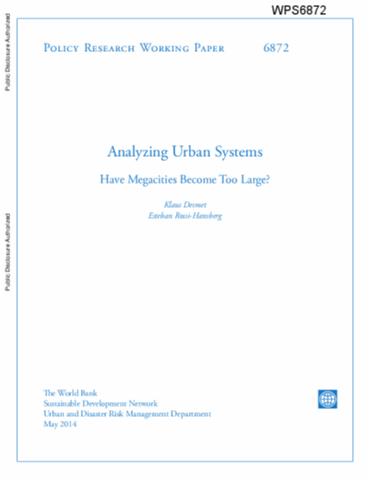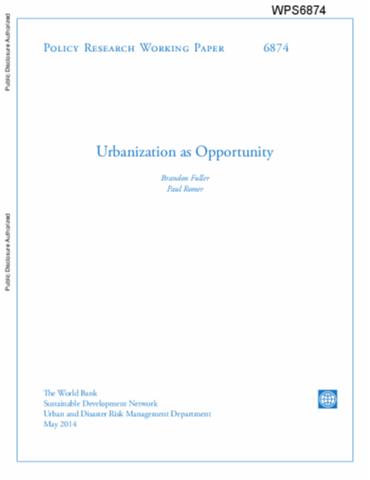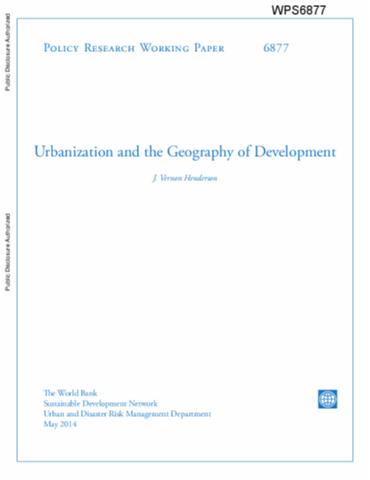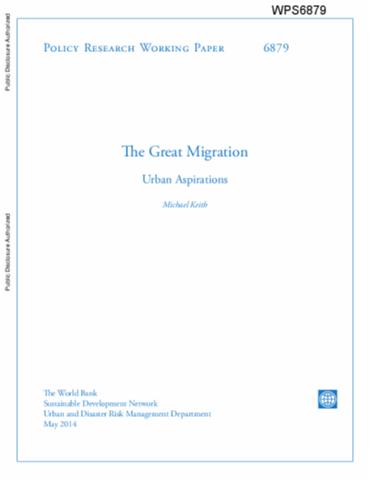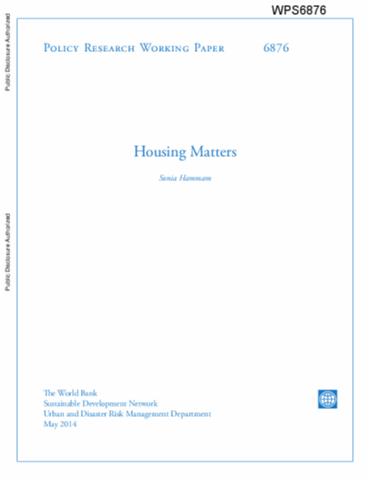How Urban Concentration Affects Economic Growth
The author explores the issue of urban
over-concentration econometrically, using data from a panel
of 80 to 100 countries every 5 years from 1960 to 1995. He
finds the following: 1) At any level of development there is
indeed a best degree or national urban concentration. It
increases sharply as income rises, up to a per capita income
of about $ 5,000 (Penn World table purchasing parity
income), before declining modestly. The best degree of



